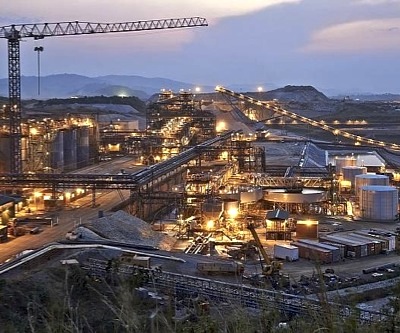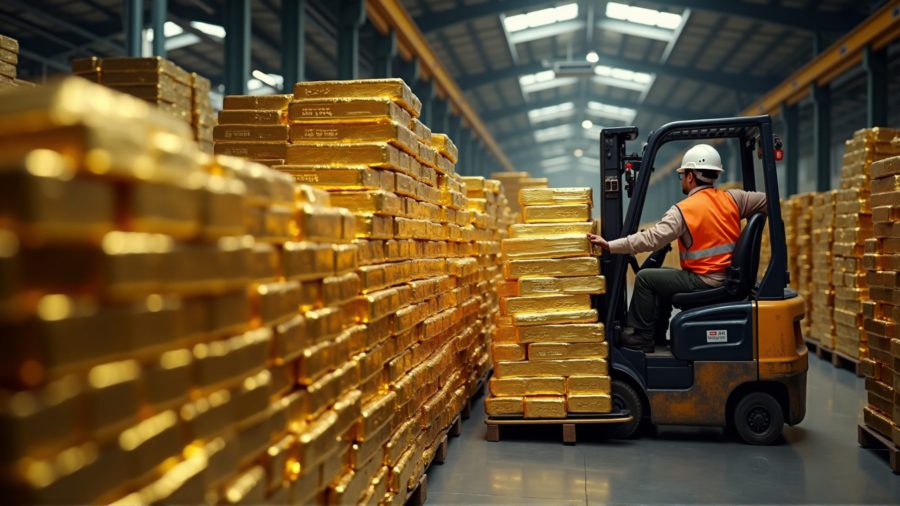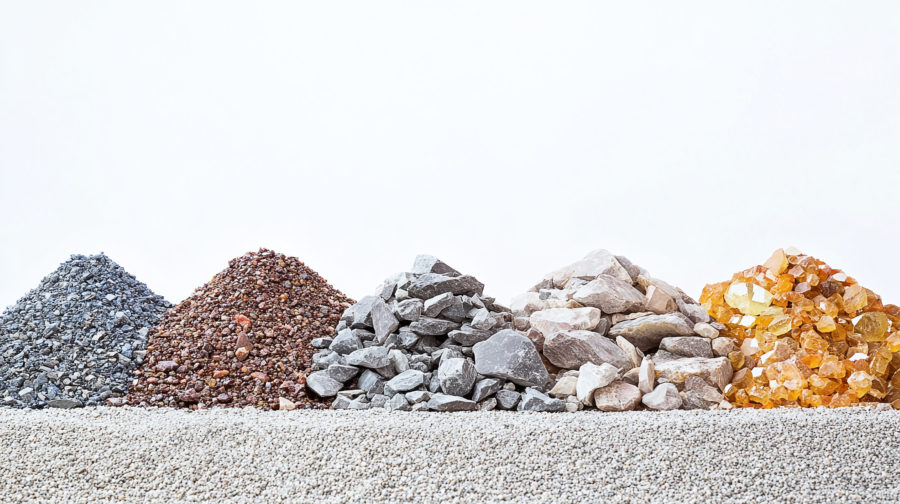Booming Kibali boosts exploration investment in DRC

The Kibali gold mine in the Democratic Republic of Congo continues to deliver on all aspects of its business plan and is likely to exceed its 2015 production target of 600 000 ounces, Mark Bristow, chief executive of operator Randgold Resources, said today. Full details of the mine’s performance will be given when the company publishes its annual results on 8 February.
Speaking at a local media briefing here, Bristow said the continuing expansion of the mine was also on target, with the development of its underground operation still ahead of schedule. The second of its hydropower stations, Ambarau, is scheduled for commissioning in the second quarter and work on the third, Azambi, has started. The first stage of Kibali’s ISO 14001 environmental certification has been completed and the mine is working towards its ISO 45001 health and safety rating. At the same time, exploration has continued to develop a number of targets along the KZ trend with strong trench results highlighting the potential for near mine oxide ounces at Tete Bakangwe and Sessengue SW. While greenfields exploration is an essential part of its long term strategy, brownfields success provides the mine with valuable optionality and the ability to protect its key assets in this low gold price environment.
Bristow said Kibali’s success had spurred Randgold to expand its footprint in the DRC and a number of new joint venture agreements had been concluded in the past quarter, bringing its groundholding in the country to 6 539km², covering most of the Ngayu greenstone belt in addition to the Randgold managed Kibali JV on the Moto belt. The new joint ventures are Loncor Resources’ Ngayu project, Kilo Goldmines’ Somituri permits and Devon Resources’ permit package, also in the Ngayu belt. At Randgold and Kilo’s existing joint venture, Isiro, a 10 kilometre target has been identified at Yasua-Yambenda through soil sampling, pitting and trenching.
“Despite the challenging market conditions currently facing the gold mining industry, Randgold continues to invest in its future, in line with its strategy of creating value for all its stakeholders through the discovery of world-class gold deposits and their development into profitable mines. We believe the north-eastern DRC holds a rich potential for such discoveries, and we trust the country’s government will partner us in our drive to develop a major gold mining frontier there, among other things by ensuring that the current negotiations about a new mining code result in one that will justify the capital already spent and attract further investment,” he said.
Bristow noted that Kibali was also continuing to invest in sustainability projects designed to provide an economic legacy for the local community. It was in discussion with the DRC government about an investment framework for a proposed palm oil project and had engaged with potential investors, while the first phase of the maize farming pilot project had been completed, with 82 hectares currently being harvested.
As part of its commitment to promoting the growth of a robust local economy, Kibali also continues to support local suppliers, spending $95 million last quarter with businesses ranging from a women’s collective which feeds more than 2 000 mine workers every day, to transport and construction contractors.
More News
Gold that flowed into US in tariff bet now slowly trickles out
April 14, 2025 | 12:57 pm
PDAC video: Gabon’s Millennial Potash aims to become Africa’s first potash miner, CEO says
April 14, 2025 | 12:00 pm
{{ commodity.name }}
{{ post.title }}
{{ post.date }}




Comments